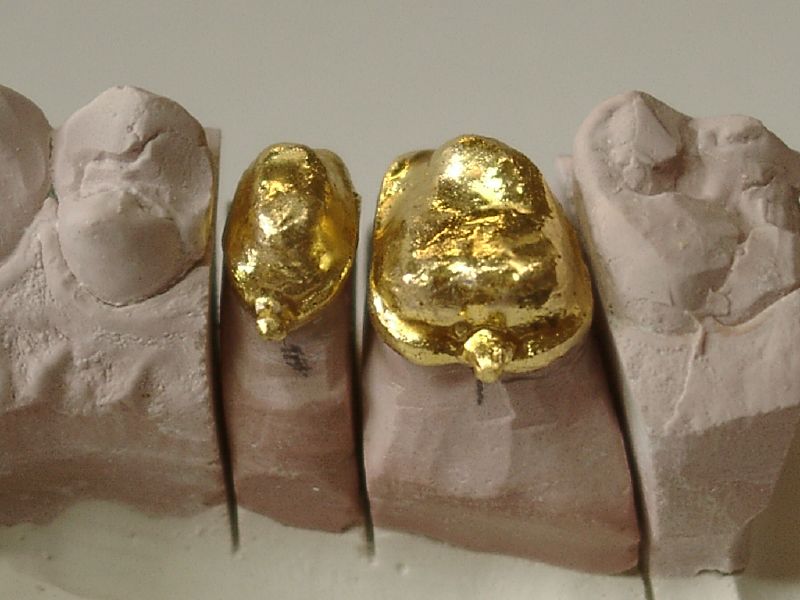A dental restoration is a broad term that refers to many different types of restorative dentistry procedures. While there are many reasons that dental restorations may be necessary, the procedure can be divided into two general categories: direct and indirect restorations. If any of your teeth require restoration, it is important to understand the differences between these procedures. Doing so will set proper expectations for before, during and after the restoration.
Direct Restorations procedures
Direct dental restoration refers to a technique in which a filling material is placed directly into the prepared tooth cavity. The biggest benefit of direct restorations is time. Because the materials used harden quickly, the procedure can be completed within a single office visit. Another benefit in placing a direct restoration is that these types of restorations are typically far less invasive than indirect restoration. There are several filling materials your dentist can choose to repair your tooth; typically an amalgam or composite substance. The dentist will decide what material is best to repair a specific tooth based on the amount or size of the defect and location of the damaged tooth.
Indirect Restorations procedures
Indirect dental restorations most commonly refer to crowns, onlays, inlays, bridges and veneers. These types of restorations will require customized replacements made in a dental lab. After your tooth is prepared, your dentist will take an impression which is used to mold the replacement. Due to the lengthy process, you can expect more than one visit to your dentist before your tooth is fully restored. There are a variety of materials that are used to make these fitted restorative pieces. There are many options including gold, ceramic, and porcelain.
Why Get Restorative Dentistry?
Dental restoration is most commonly required when repairing damaged or decaying teeth. However, there are a handful of reasons why a person may seek out any one of these procedures.
Dental Pain
Dental restoration can be a great option for those who suffer from dental pain due to circumstances other than tooth decay. If you are experiencing dental pain, consult your dentist to determine the source and whether or not dental restoration is the appropriate solution.
Close Unattractive Spaces
While having large gaps between teeth won’t affect your health or wellbeing, it can be embarrassing. Restorative dentistry in most cases can be an excellent option for improving your smile and overall confidence.
Improve or Correct an Improper Bite
It may surprise you that improper bites are common among older generations due to natural wear. Improper bites can make eating difficult. Restoration dentistry can help improve or correct improper bites.
Reduce Missing Teeth
Much like improper bites, missing teeth can make eating difficult and often results in low self-esteem. There are many restorative options for replacing missing teeth including dental bridges, dental crowns and, dentures.
Replace Old Dental Restorations
Many times old dental restorations can become damaged due to either outdated procedures or normal wear and tear. If you are unhappy with the way an old restoration looks, replacing it with new one can be a great option.
Is dental restoration right for you? Visit us at www.devotedfamilydental.com for more information. Devoted Family Dental is Washington’s favorite family dentist!

